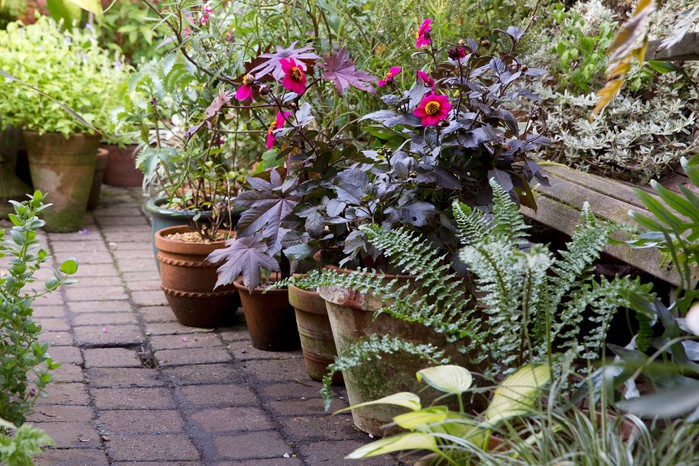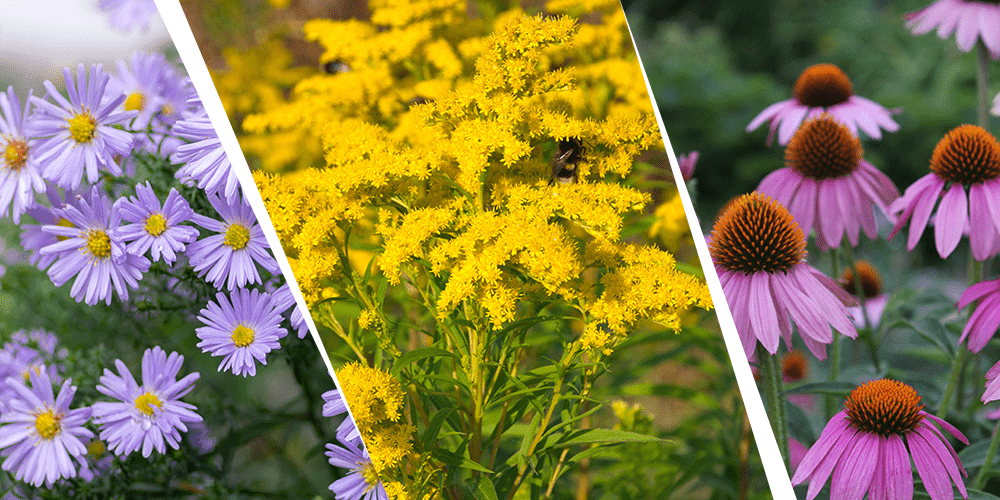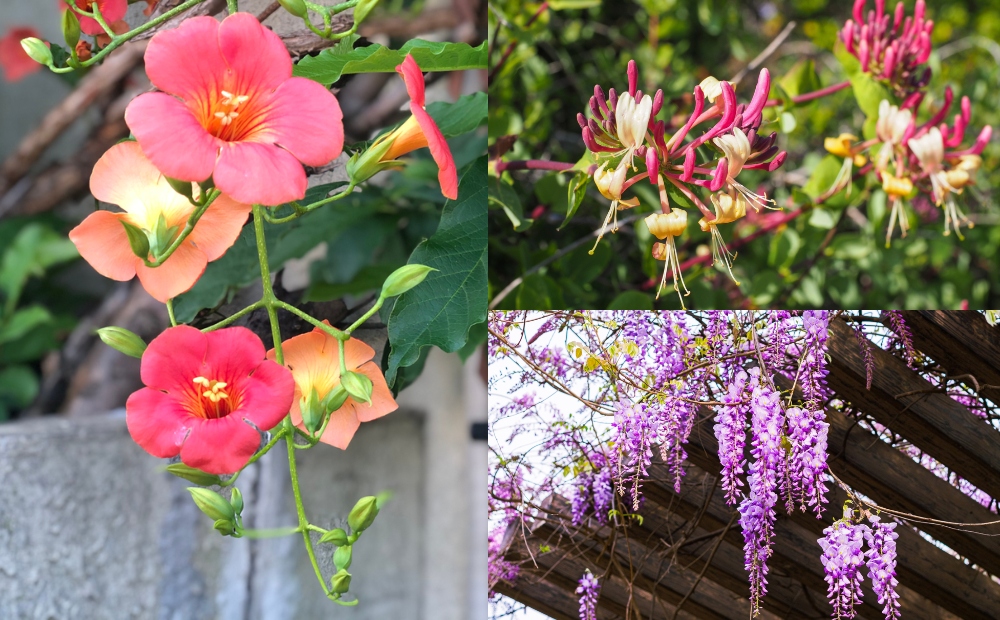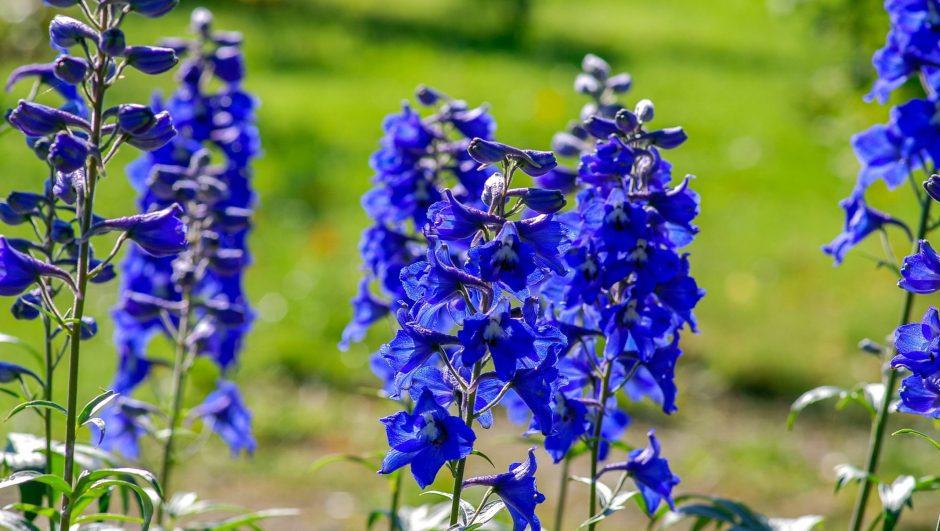Plant Identification Guides
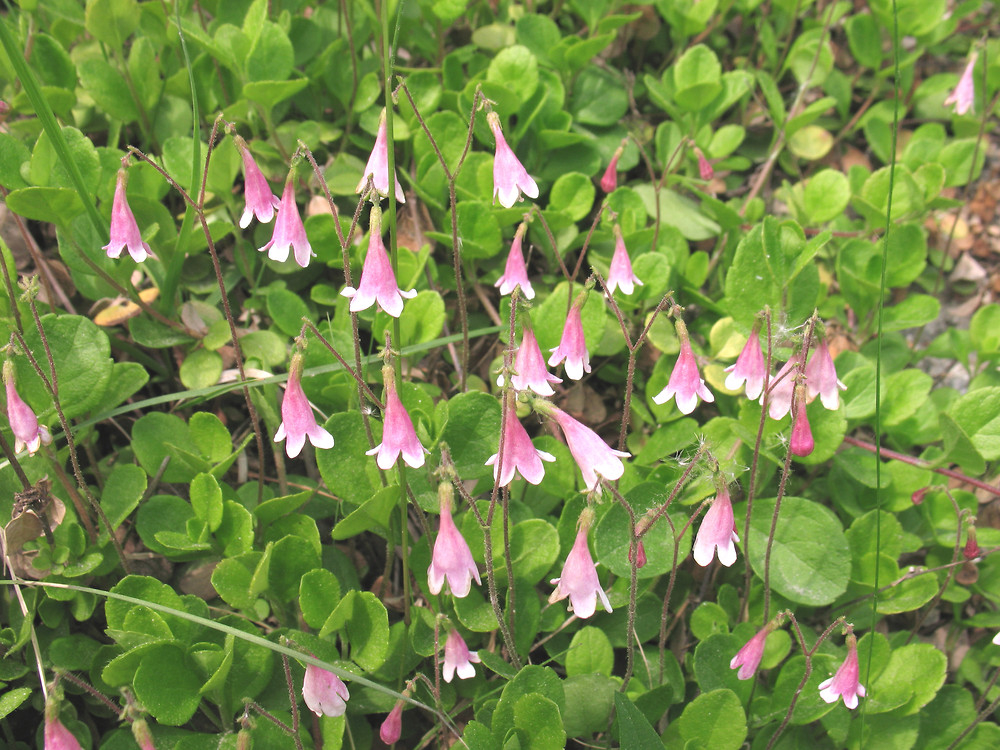
Scientific plant names are used as plant identification guides, because they are more precise than the common plant names.
So to identify plants and flowers, scientific names, botanical names, have been used for hundreds of years.
Scientific plant names, if you break them down, can tell you something about the plants, such as color, leaf form, shape of plant, where it came from, plant parts, and plant peculiarities.
The first part of a scientific botanical name is the genus name.
The second part is the species name, which is usually a descriptive word.
Many plants are named for the person who first identified them.
Other plant identifications hold clues to a plant’s growth habit, origin, fragrance, or other characteristics.
Plant Identification Guide
Sollya heterophylla, in the picture above for example, combines hetero (heterogeneous, or various) to mean “various-size leaves”.
Indeed, some of the leaves of this evergreen shrub are swordlike and others are oblong.
Some of the scientific names used to identify a plant are so much like English words that there is no question as to their meaning.
Prostratum, compacta, deliciosa, fragrans, and pendula, all give clear clues as to a plants qualities.
Below are commonly used botanical names used as plant identification guides for color of flowers, foilage, plant shapes etc.
Commonly Used Botanical Names
For Colors of Flowers and Foilage
- albus – white
- argenteus – silvery
- aureus – golden
- azureus – azure, sky blue
- caeruleus – dark blue
- caesius – pure white, shiny
- canus – ashy gray, hoary
- cereus – waxy
- citrinus – yellow
- coccineus – scarlet
- concolor – one color
- croceus – yellow
- cruentus – bloody
- discolor – two colors, separate colors
- glaucus – covered with gray blooms
- incanus – gray, hoary
- luteus – yellow
- pallidus – pale
- purpureus – purple
- rubens, ruber – red, ruddy
- rufus – ruddy
Form of Leaf. (folius-leaves or foilage)
- acerifolius – maplelike
- agustifolius – narrow
- aquifolius – spiny
- buxifolius – boxwood-like
- ilicifolius – hollylike
- laurifolius – laurel-like
- parvifolius – small
- populifolius – poplarlike
- quercifolius – oak-like
- salicifolius – willowlike
Shape of Plant
- adpressus – pressing against, hugging
- altus – tall
- arboreus – treelike
- capitatus – headlike
- compactus – compact, dense
- confertus – crowded, pressed together
- conturtus – twisted
- decumbens – trailing, with tips upright
- depressus – pressed down
- elegans – elegant, slender, willowy
- fastigiatus – branches errect and close together
- humifusus – sprawling on the ground
- humilis – low, small, humble
- impressus – sunken
- nanus – dwarf
- procumbens – trailing
- prostratus – prostrate
- pumilus – dwarf, small
- pusillus – puny, insignificant
- repens – creeping
- reptans – creeping
- scandens – climbing
Origin – Where The Plant Came From
The suffix -ensis (of a place) is added to place names to specify the habitat where the plants was first discovered.
- africanus – of Africa
- alpinus – of the Alps
- australis – southern
- borealis – northern
- campestris – of the field or plains
- canadensis – of Canada
- canariensis – of the Canary Islands
- capensis – of the Cape of Good Hope area
- chilensis – of Chile
- chinensis – of China
- hispanicus – of Spain
- hortensis – of gardens,/li>
- indicus – of India
- insularis – of the island
- japonicus – of Japan
- liltoralis – of the seashore
- montanus – of the mountains
- riparius – of riverbanks
- rivalis, rivularis – of brooks
- saxatilis – inhabiting rocks
-
Acknowledgment: Western Garden Encyclopedia

